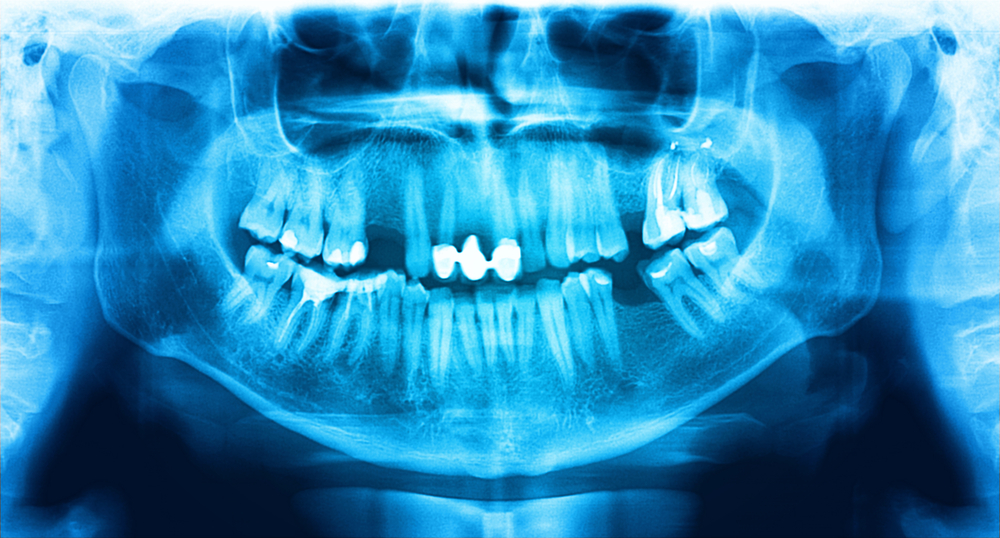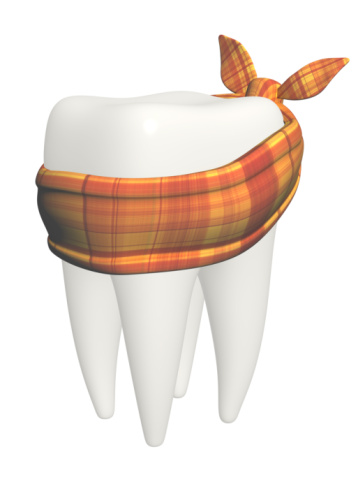 Have you ever wondered why your tongue changes its appearance? Or why your tastebuds seem not to work sometimes? When your tongue acts strangely, it may be trying to tell you something. Check out these interesting facts from Dr. Peter Pate and boost your knowledge about the tongue!
Have you ever wondered why your tongue changes its appearance? Or why your tastebuds seem not to work sometimes? When your tongue acts strangely, it may be trying to tell you something. Check out these interesting facts from Dr. Peter Pate and boost your knowledge about the tongue!
Tongue Facts
- The tongue is the strongest muscle in the body and allows you to eat, drink, talk, and make funny faces (about 85% of the population can curl their tongues into a tube).
- Your tongue is the only muscle that is connected at only one end.
- Even after brushing and flossing your teeth, bacteria at the back of your tongue can still make your breath foul. In fact, approximately 50% of the bacteria in your mouth reside on the surface of your tongue. Be sure to brush your tongue as a part of your daily oral hygiene routine. You can use the soft bristles of your toothbrush or a tongue scraper, and be sure to rinse thoroughly.
- Your tongue is like a fingerprint; no two are alike. (more…)



